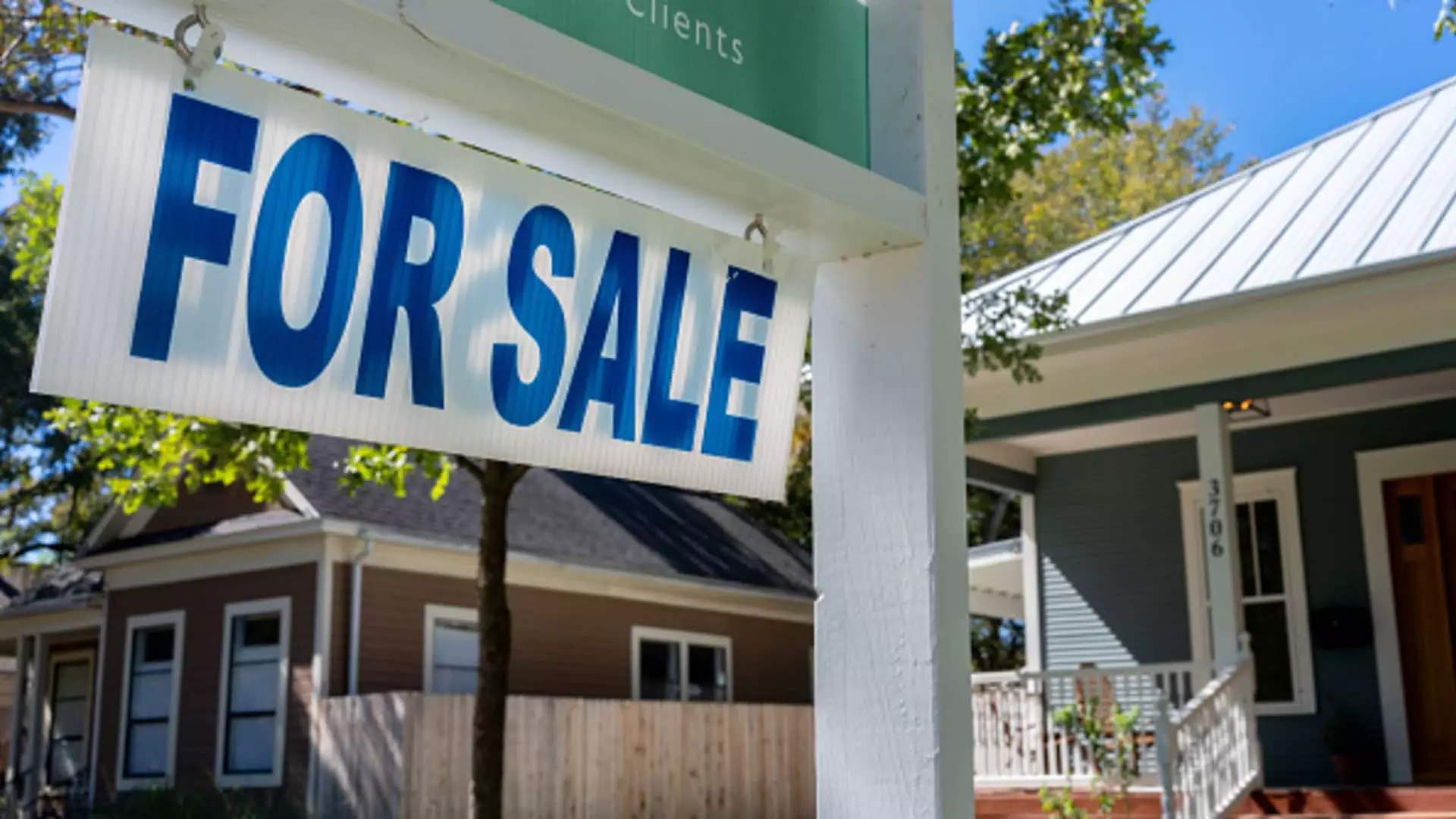In the current landscape of mortgage lending, homebuyers are grappling with elevated interest rates that hover around 6%, a stark contrast to the sub-3% rates experienced during the pandemic. This shift has prompted many to revisit the concept of assumable mortgages—an option that allows buyers to inherit existing loans at their original, often favorable interest rates. As a result, online searches for “assumable mortgage” surged in May, revealing pent-up interest amid changing economic conditions.
Assumable mortgages gained popularity in the 1970s and 1980s, offering flexible alternatives for buyers navigating a fluctuating market. However, legislative changes, such as the Garn St. Germain Act of 1982, introduced restrictions that effectively relegated these agreements to the background of real estate transactions. The Act permitted financial institutions to implement due-on-sale clauses, thereby necessitating full payment of mortgage balances upon a property’s transfer. As a consequence, assumable mortgages became relatively rare, with exceptions mainly applicable to specific situations like divorce or inheritance.
Nevertheless, a resurgence in interest has emerged as prospective homebuyers confront the stark realities of high borrowing costs. Interestingly, certain types of loans, particularly those backed by government agencies such as the Veterans Affairs (VA), Federal Housing Administration (FHA), and the United States Department of Agriculture (USDA), remain assumable. This offers buyers a unique lifeline, as they may be able to secure lower rates—potentially as low as 2% or 3%—by taking over an existing mortgage.
A comprehensive analysis indicates a disparity between the availability of assumable loans and the actual transactions taking place. According to Raunaq Singh, the CEO of Roam, a mere 20% to 25% of properties on the market are fully assumable, which has not translated into a proportional increase in assumption transactions. In fact, only 4,052 FHA-backed mortgage assumptions were executed in 2023—a notable increase of 59% compared to 2021, yet still modest relative to the total available. The VA’s performance is even more striking, showing an impressive 713% increase in assumable mortgages over the same period.
As 2024 approaches, the trend suggests that both the VA and FHA are on track to surpass previous year’s assumption totals, exceeding 5,000 transactions per department already. This shift could signify a broader acceptance and understanding of assumable mortgages, presenting a potential avenue for buyers frustrated by soaring interest rates.
As the housing market continues to evolve, the concept of assumable mortgages could re-emerge as a valuable option for buyers navigating financial challenges. Understanding and leveraging this age-old financing mechanism may be crucial for those looking to purchase homes in an environment defined by escalating costs.

